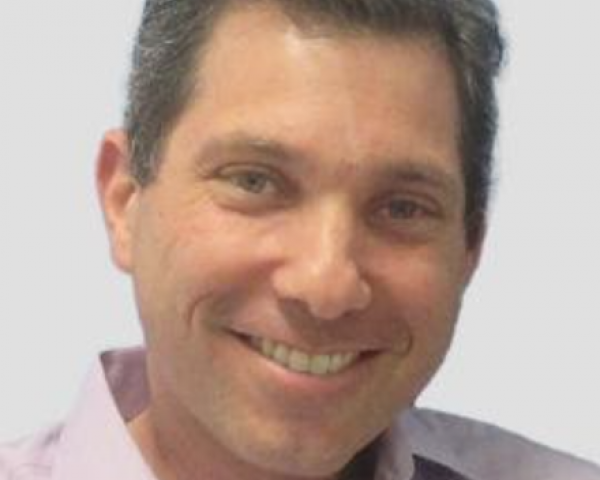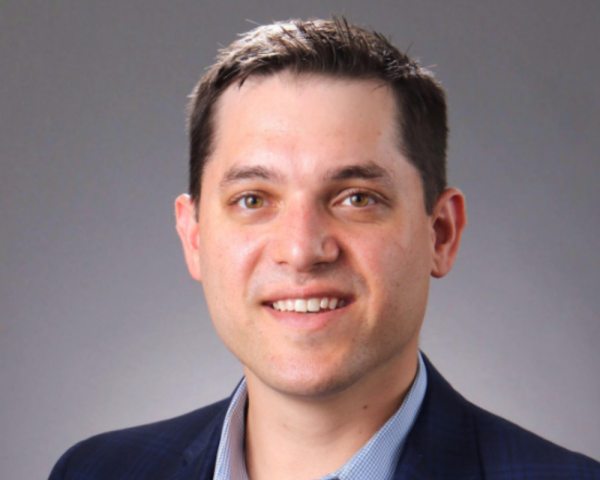The post-pandemic years have not been kind to U.S. personal auto insurance underwriters. Drivers' return to the road, high inflation and several catastrophic events compounded by an auto parts shortage contributed to higher-than-expected claim costs.
In 2022, the 10 largest publicly traded U.S. personal auto insurers with the exception of Progressive all reported combined ratios ranging from 103.8% to 119%. That means for every $100 in premiums, these insurers had to pay out between $103.80 and $119 in claims and expenses. Mutually owned State Farm also reported an auto-underwriting loss of $13.5 billion against $45.7 billion in premiums in 2022.
To improve auto-insurance underwriting profitability, insurance leaders are turning to tried-and-true methods: raising rates, stricter underwriting requirements and expense management.
However, auto insurance is a highly elastic good. When prices rise, consumers will start switching in an effort to save. Allstate expects only 85% of its annualized written premium increases to be realized as customers modify policy terms or don't renew. Some auto insurers are also starting to lose market share. In a recent SEC filing, Berkshire Hathaway shared that GEICO's market share has declined from 14.4% in 2021 to 13.9% in 2022.
Simon-Kucher expects customer churn and switching behaviors in auto insurance to increase sharply in 2023. In a recent Simon-Kucher project, 74% of personal P&C insurance customers said they are comparison shopping more frequently in response to inflation. More than half of these customers said they are likely to switch providers, and nearly 60% of customers said their policies included features they did not need or value.
As auto insurers hunker down to address their profitability challenges, some more aggressive players smell opportunity. These insurers are leveraging advanced customer segmentation, pricing accuracy and opportunistic marketing to grow market share. For example, Progressive is finding ways "to grow as fast as possible while delivering a calendar year 96 combined ratio."
Underwriting discipline and expense management are important, but insurers must not neglect retention, opportunities to cross-sell and upsell to existing customers and ways to improve conversion. This is the time to play defense and focused offense using precision marketing techniques to protect market share and uncover untapped avenues of growth.
Advanced segmentation and personalization
Instead of a broad-strokes approach to segmentation, auto insurers' segmentation efforts must be more granular, precise and strategic. Auto insurers must be able to position the right product to the right customer segment at the right time as part of a wider retention, cross-selling and up-selling strategy.
For example, price-conscious customers can be offered telematics or usage-based insurance, while customers who are buying a home can be offered options to bundle policies in exchange for discounts or rewards. Data-driven approaches coupled with advanced segmentation techniques can uncover unmet customer needs, behaviors patterns and customer lifetime value for product development and new experiences.
See also: Nonstandard Auto Insurance's Key Role
Feature bloat
Precision marketing techniques can also be used to address feature bloat, a phenomenon where executives include product features or attributes that they assume are valuable to their customers, but that in reality lead to overloaded products. Instead of adding value, these extra 'bells and whistles' cost too much, overdeliver, confuse and overwhelm customers.
Insurers need to take a closer look at their products and their features to ensure they are aligned to customers' needs. Packing too much or too little into a product means the insurer is either not meeting clients' needs or hitting the appropriate price point.
To capture customers in the current environment where insurers are increasing rates at a time of sharpening pricing sensitivities, optimized products are critical. Insurers products must have the right market fit, be compelling when compared with competitors' offers and communicate clear value to the target customer segment. This is the key to differentiating what increasingly seems like commoditized products to the consumer.
Marketing efficiency
Auto insurance has one of the highest customer acquisition costs of any industry. P&C insurance analyst Adam Klauber estimates U.S. auto and home insurance providers spend more than $53 billion annually on commissions, customer-facing expenses and advertising to attract customers.
To stay on the path to profitability and sustainable growth, auto insurers must improve marketing efficiency. There are customer segments in P&C insurance willing to pay for high-value insurance products, secure more coverage and upgrade to more comprehensive products and services. If insurance providers can identify these customers and find ways to engage them, these can become opportunities for growth.
Using data-driven and advanced segmentation, auto insurers can also find ways to optimize the customer journey for conversions. For example, some customer segments might appreciate more personalized or human-assisted interactions. At certain junctures of their buying journey, these customers can be directed to an agent or representative.
The current environment should be viewed as an opportunity for carriers to secure their book, retain their customers and capture new customers who are looking to switch.








